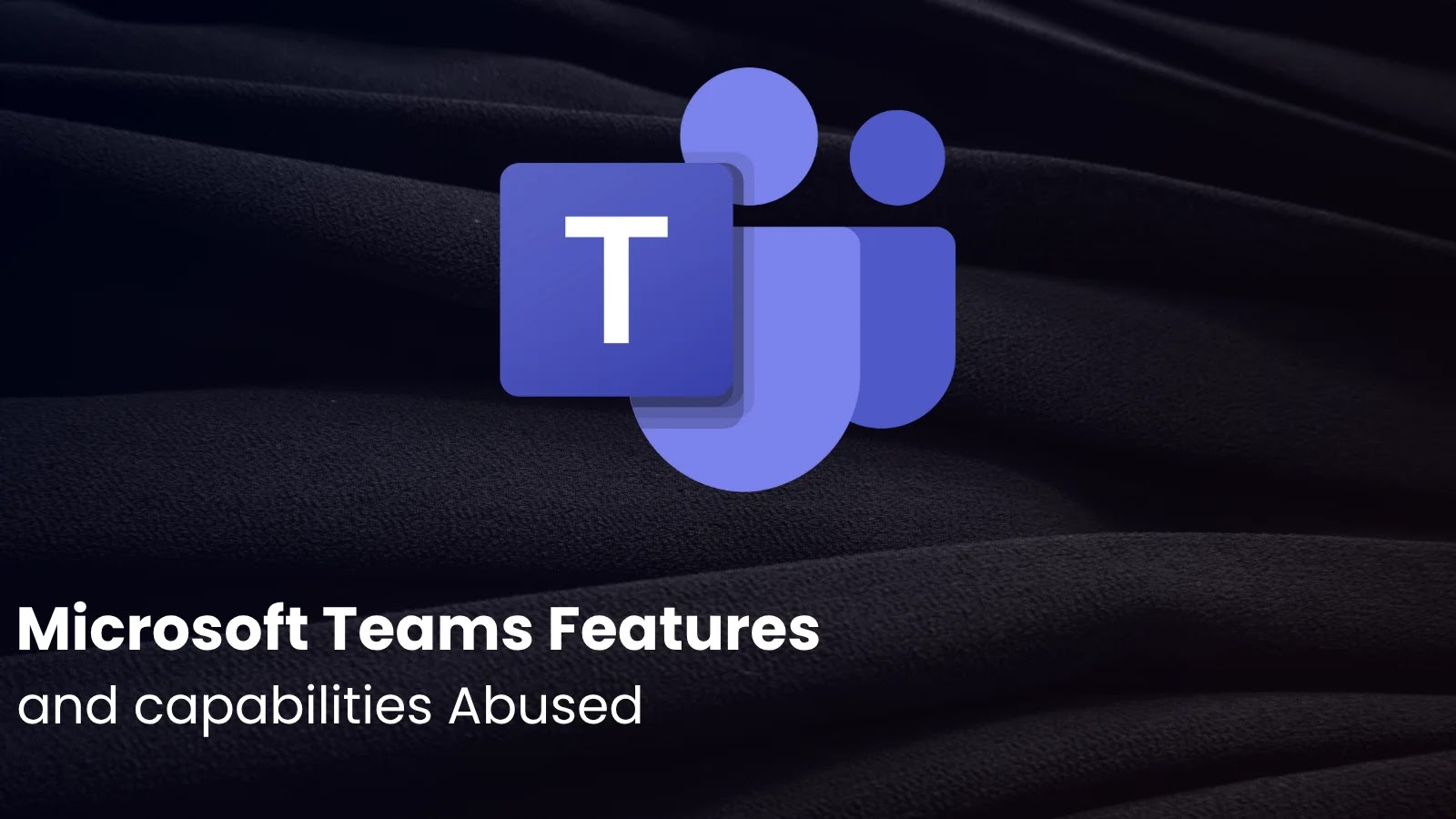
Microsoft Warns of Hackers Abuse Teams Features and Capabilities to Deliver Malware
The Silent Threat: How Hackers Weaponize Microsoft Teams
The ubiquity of Microsoft Teams in modern business collaboration has made it an indispensable tool for countless organizations. However, this widespread adoption also makes it a prime target for malicious actors. Microsoft has issued a critical warning: both sophisticated cybercriminals and state-sponsored threat actors are increasingly abusing Microsoft Teams’ native features and capabilities to deliver malware and progress their attack chains. This isn’t just about external exploits; it’s about the weaponization of the very communication tools we rely on daily.
Understanding the Vector: Exploiting Core Teams Functionality
Threat actors are not necessarily finding new vulnerabilities in the Teams platform itself, but rather subverting its intended use. The core functions designed for seamless collaboration – messaging, calls, and screen-sharing – are being repurposed to facilitate malicious activities. This approach is highly effective because it leverages trusted platforms and often bypasses traditional email-based security measures.
- Messaging for Malware Delivery: Attackers can embed malicious links or even directly send files containing malware through Teams chats, leveraging the trust users place in internal communication channels.
- Phishing Expeditions via Chats: Crafting convincing social engineering lures within Teams messages can lead users to fake login pages or trick them into revealing sensitive information.
- Call-Based Scams and Impersonation: Voice and video calls can be used for deep-fake impersonation or to pressure users into executing malicious actions, especially when combined with screen-sharing.
- Screen-Sharing as a Data Exfiltration Channel: While less common as an initial infection vector, screen-sharing could be leveraged during an ongoing attack to exfiltrate sensitive data or guide victims into compromising actions.
The Appeal to Threat Actors: Why Teams is a High-Value Target
The extensive collaboration features that make Teams so valuable to businesses are precisely what attract cyber adversaries. Its integration with other Microsoft 365 services creates a rich environment for lateral movement and privilege escalation once an initial foothold is established. The sheer volume of daily interactions on the platform provides ample opportunity for social engineering, as users are more likely to click on a link or open a document received from a “colleague” on Teams than from an external email address.
Furthermore, the perceived “internal” nature of Teams communication often leads to a lowered guard amongst users and, in some cases, less stringent security policy enforcement compared to externalfacing communication channels.
Remediation Actions: Fortifying Your Microsoft Teams Environment
Protecting your organization from these evolving threats requires a multi-layered approach focusing on both technical controls and user awareness. Proactive measures are crucial to mitigate the risks associated with weaponized Teams features.
- Implement Robust Content Scanning: Ensure all files shared within Teams chats and channels are scanned for malware by advanced threat protection solutions.
- Enforce Strict Guest Access Policies: Limit guest access to Teams only when absolutely necessary and review guest permissions regularly.
- Configure External Communication Controls: Restrict who can communicate externally via Teams and monitor such communications closely.
- Enable Multi-Factor Authentication (MFA): MFA significantly reduces the risk of account compromise, even if credentials are stolen.
- Educate Users on Social Engineering: Conduct regular security awareness training specifically addressing Teams-based phishing, impersonation, and malware delivery tactics. Emphasize verification of unusual requests.
- Monitor Audit Logs: Regularly review Teams audit logs for suspicious activities, such as unusual file sharing, external access, or changes in permissions.
- Utilize Data Loss Prevention (DLP): Implement DLP policies to prevent sensitive information from being shared inappropriately within Teams.
- Keep Teams Client Updated: Ensure all user Teams clients are always running the latest version to benefit from security patches and new features.
Key Takeaways: A Call for Vigilance
Microsoft’s warning is a stark reminder that no collaboration platform, however secure by design, is immune to abuse by determined adversaries. The threat landscape is constantly adapting, and attackers will always gravitate towards the most efficient means to achieve their objectives. For Microsoft Teams users and administrators, this means moving beyond a reliance on platform security alone. It requires proactive configuration, continuous monitoring, and, most critically, a highly informed and vigilant user base. By understanding the tactics involved and implementing sound security practices, organizations can significantly reduce their exposure to these insidious Teams-based attacks.





